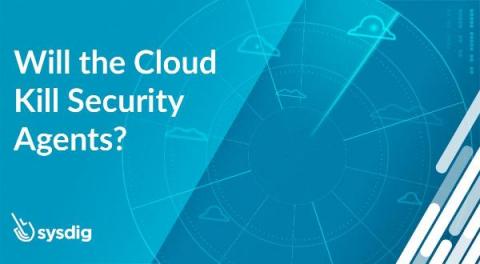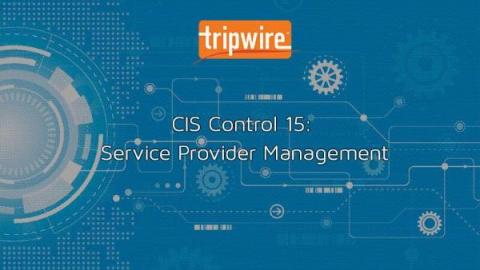Save your Phantom wallet details in 1Password
We’re making it easier for Phantom wallet owners to save their account password, secret recovery phrase, and wallet address in 1Password. Phantom is a digital wallet that lets you manage cryptocurrencies, tokens, and NFTs built on the Solana blockchain.











